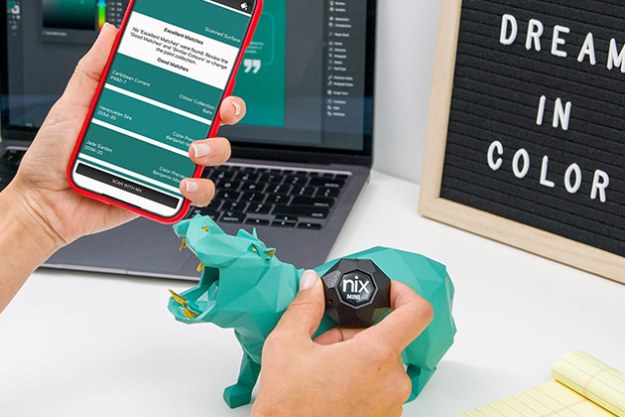
After chemically treating the wood pulp, the team — led by associate professor of materials science and engineering Xudong Wang and graduate student Chunhua Yao — found that the manufactured flooring produced a usable amount of electricity after coming in contact with untreated nanofibers. Knowing this, they then crafted their innovative flooring and found it to excel at conducting electricity. So much so that the team reported having the ability to replenish the charge on batteries and power lights.
What’s particularly impressive about Wang and Yao’s creation is how it not only manages to address an alternative energy need but does so in an extremely inexpensive way. Bottling energy created by footsteps isn’t entirely new, but no prior projects have used wood pulp — a wildly plentiful and cheap material. In another potential win for the burgeoning field of roadside energy harvesting, the wood pulp floorboards could feasibly challenge solar energy if it proves to be a success.
“Roadside energy harvesting requires thinking about the places where there is abundant energy we could be harvesting,” Wang said in a university article on the project. “We’ve been working a lot on harvesting energy from human activities. One way is to build something to put on people, and another way is to build something that has constant access to people. The ground is the most-used place.”
As mentioned in the article, installing Wang’s wood pulp flooring in heavily trafficked areas like sports stadiums or universities has the possibility to generate a significant amount of energy. In addition, several layers of the flooring could be placed on top of one another, further increasing the energy output.
“Our initial test in our lab shows that it works for millions of cycles without any problem,” Wang added. “We haven’t converted those numbers into a year of life for a floor yet, but I think with appropriate design it can definitely outlast the floor itself.”
The findings were published online prior to being featured in the September 24 issue of the journal Nano Energy. Moving forward, Wang hopes to make the technology more efficient before installing it into an area on the campus of the University of Wisconsin-Madison.


